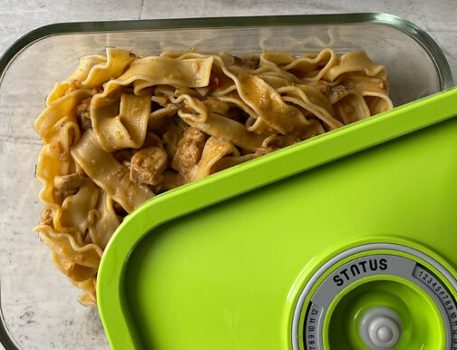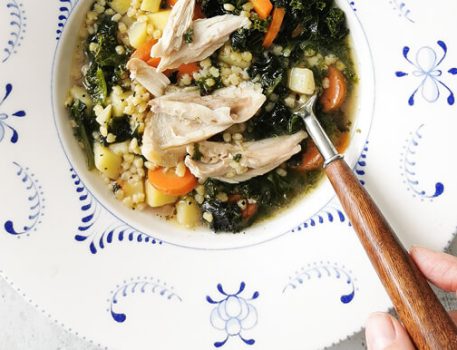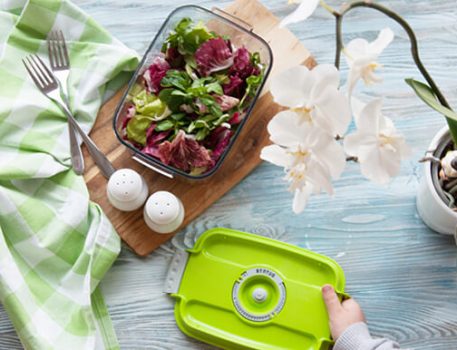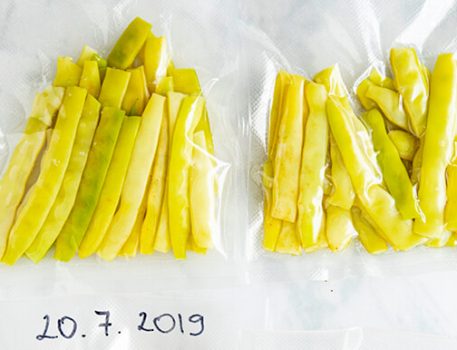How To Reduce Food Waste In Your Home?
In accordance with the recommendations of the European platform Food Losses and Food Waste, we have prepared some guidelines to help you organize your kitchen and store food, aiming to minimize food spoilage in your household. Read these eight simple steps to help reduce food waste.
Less Food Waste: What can you do at home?
- Plan your meals
By planning your meals, you will also plan the consumption of food. It is sensible to keep in mind the meals you intend to prepare while shopping. Consume fresh foods such as fruits and vegetables promptly. If you are thawing portions, make sure to thaw only the amount you intend to use, as refreezing is not recommended. For more information on what to freeze and how, refer to this guide.

- Use leftovers
You can save leftovers from lunch and consume them as a snack at the office the next day. Alternatively, you can also recycle the leftovers. For example, if you cook too much rice as a side dish, you can turn the leftovers into a rice casserole. You can find more suggestions on the internet if you search for food recycling.
- Expiration dates
Expiration dates are written differently on different products, so it’s important to understand the difference between “use by” and “best before” dates. The former indicates the date by which the food is still safe to consume, while the latter refers to the date of minimum durability – after this date, the food may still be usable but its quality may be reduced. Therefore, avoid unnecessarily discarding food if it is not spoiled.
- Smaller and multiple portions
Avoid piling too much food on your plate to prevent leftovers. It’s better to serve less initially and have multiple servings, or consider using smaller plates. This way, you won’t overeat or waste food unnecessarily.

- Freeze portions
Plan your meals before freezing – buy in bulk during sales and make smaller portions, vacuum seal, and freeze them. You can also pre-prepare meals and marinate the meat before freezing. Thaw only the amount of food you will use, as refreezing is not recommended.
- Properly store food
Store fresh food in the refrigerator in the designated Fresh Zone compartments or vacuum containers and consume them promptly. Ensure that the temperature of your refrigerator is between 1 and 5 °C. For freezing, use high-quality vacuum bags that prevent oxygen and odors from passing through and protect against freezer burn. This way, you will have less spoiled food ending up in your trash.

- Keep track of your food
It is advisable to know what you have in your refrigerator, freezer, and pantry. Keep your food items organized, and if necessary, label the bags, containers, or packaging with dates. Status vacuum containers have a practical feature – a calendar on the lid so you can set the date of storing the food or the use-by date.
- Order of consumption
Always aim to consume food in a circular manner – what went in first (in the refrigerator, freezer) should also be used first. This way, you will avoid stockpiling and prevent food from spoiling.

The text is adapted according to the guidelines prepared by the European platform Food Losses and Food Waste (2019), available here.


